Snakes often get a bad rap. They’re usually labeled as creepy, sneaky, and, well, not that bright. But if you take a closer look, these reptilian creatures might just surprise you. They’ve got some tricks up their scaly sleeves that might make you rethink what you know about their intelligence. Here are 13 signs that snakes are smarter than they let on.
1. Problem-Solving Skills
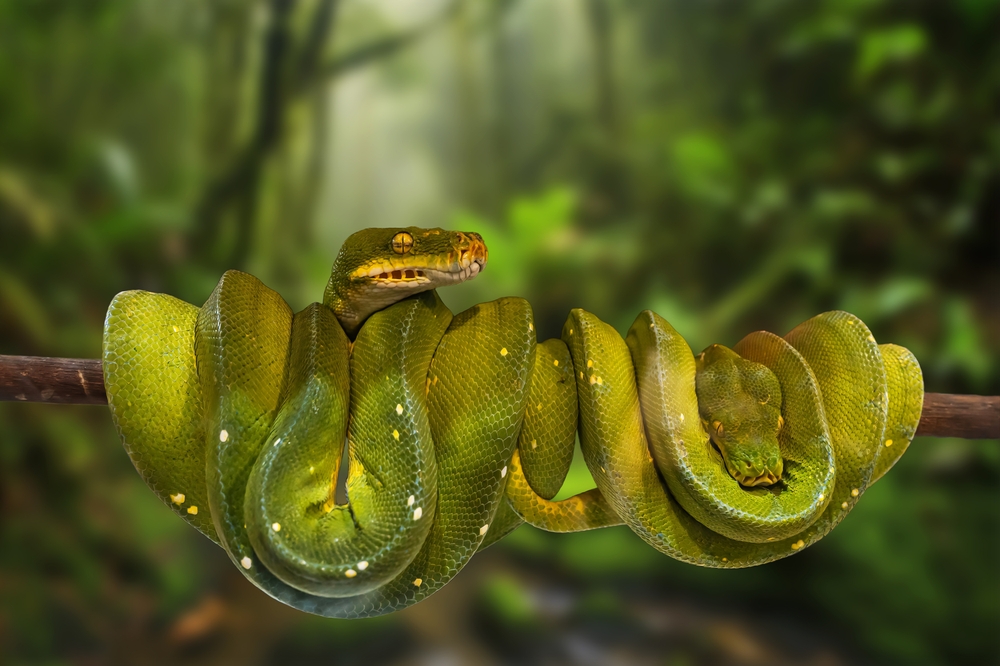
When you think of problem-solving animals, snakes probably don’t come to mind. However, studies have shown that snakes can indeed solve complex problems. In one study, herpetologist Gordon Burghardt observed snakes completing tasks to access food, demonstrating not just instinct but actual problem-solving abilities. Their methodical approach to overcoming obstacles suggests that there’s more going on in those tiny heads than we give them credit for. They might not be solving puzzles like a chimp, but snakes can figure out a tricky situation when they need to.
Snakes in captivity have been known to maneuver around barriers in their enclosures to reach food or a heat source. This ability to adapt and navigate their environment is a testament to their cognitive capabilities. Observers have noted how some snakes will try multiple angles or methods until they succeed. It’s a kind of persistence that shows they’re not just acting on impulse. Instead, they are capable of assessing their surroundings and making decisions based on what they observe.
2. Memory For Days
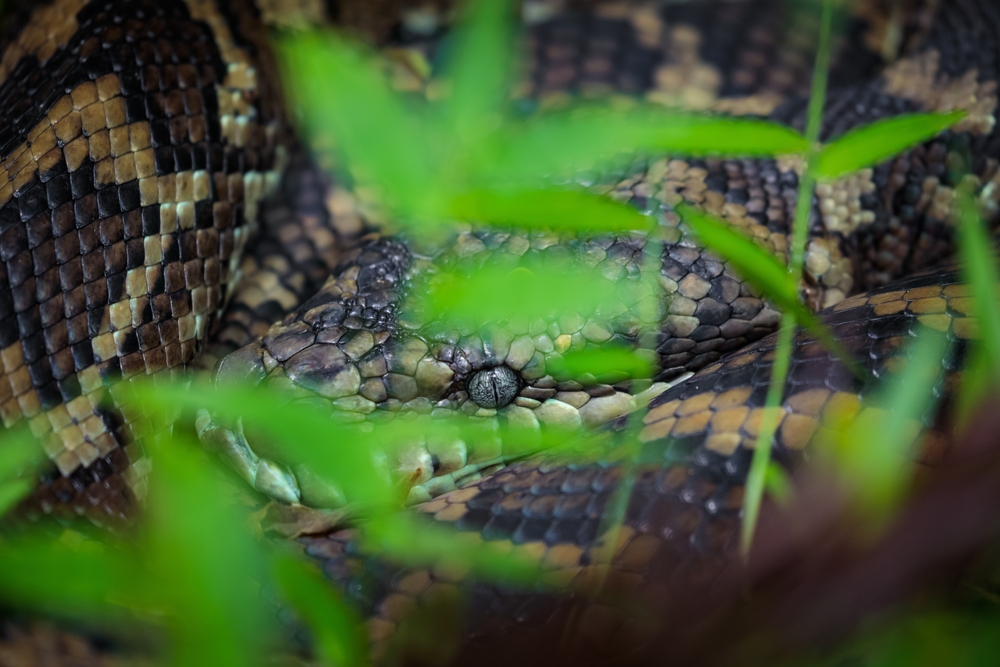
Snakes might not seem like they need to remember much, given their solitary nature. Surprisingly, they do have the ability to remember certain tasks or patterns. For example, some snakes can remember the location of their favorite hiding spots or the best pathways to escape predators. This memory skill is crucial for survival, especially in the wild, where dangers lurk at every corner. It’s not exactly a photographic memory, but it’s impressive for an animal without a large brain.
In captivity, snakes have shown they can remember feeding schedules and respond to cues indicating food is coming. They can distinguish between their handlers and strangers over time, which hints at a level of recognition and memory that might surprise you. This kind of memory might not be as complex as that of a dolphin or an elephant, but it’s enough to keep snakes one step ahead of danger. Remembering these details helps them thrive, whether in the wild or in a tank.
3. Sensory Perception Masters
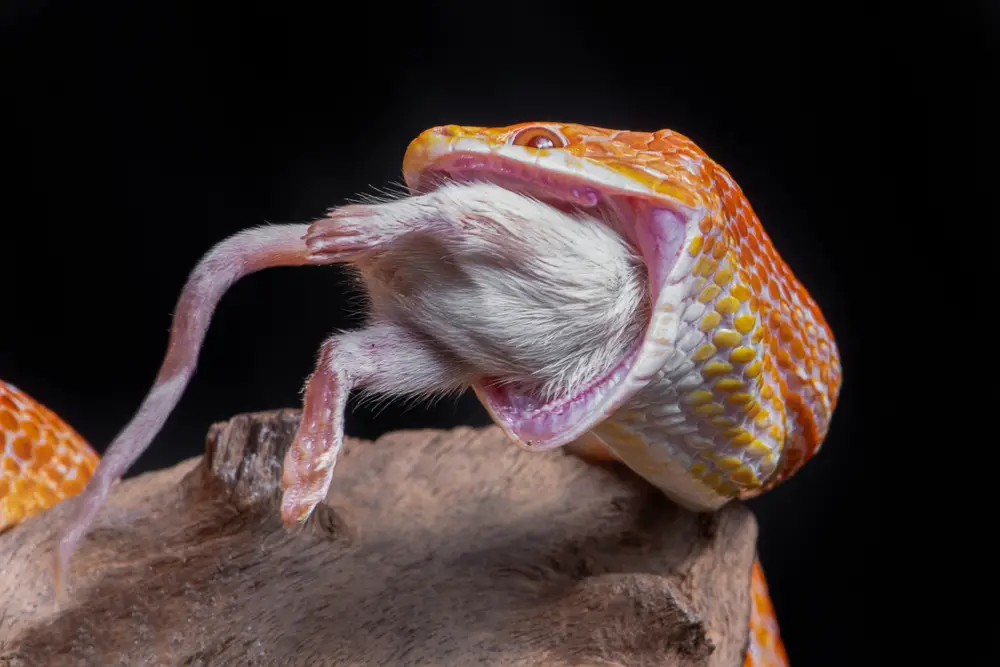
Snakes have a heightened sense of perception that might just give them an edge over other creatures. Their ability to detect vibrations, heat, and scent allows them to “see” the world in a way that’s almost like having a sixth sense. According to Dr. Thomas H. Madsen, a biologist specializing in reptile behavior, snakes can pick up on environmental cues that are invisible to us. This advanced sensory perception is key to their hunting skills, helping them detect prey even when it’s well-hidden. You might call it instinct, but it’s a blend of acute senses working in harmony.
These abilities mean they can easily detect the presence of both prey and predators, even at night or in dense foliage. The Jacobson’s organ, for example, is a special sensory organ that helps them analyze scents with remarkable accuracy. Combined with their heat-sensing pits, which allow them to detect the body heat of warm-blooded animals, snakes have a powerful toolkit for navigating their world. This sensory prowess indicates an intelligence finely tuned to survival. They know what’s going on around them even when you don’t.
4. Learning From Experience
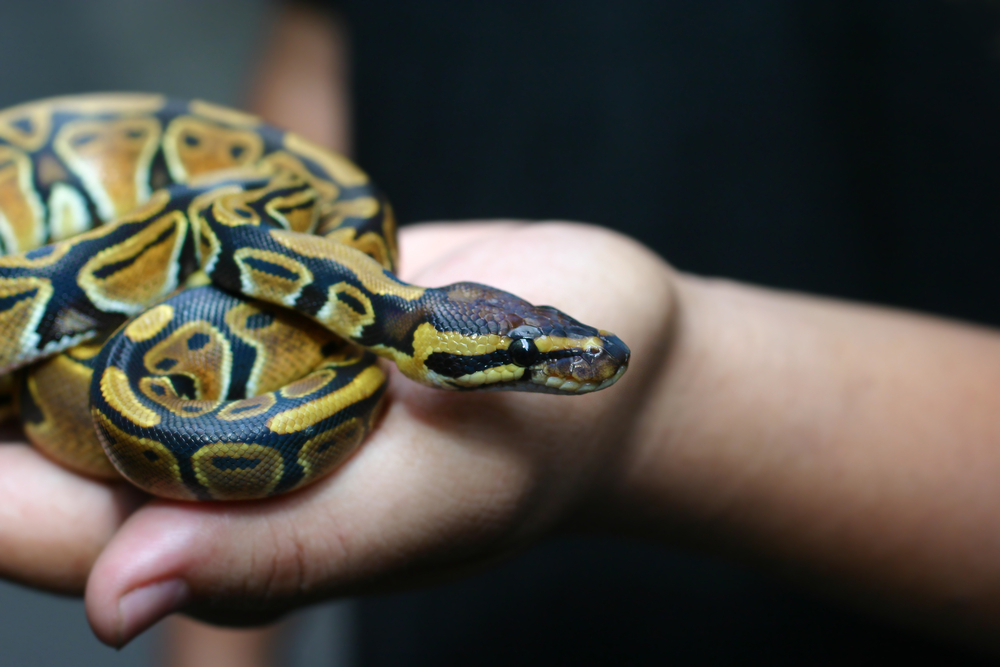
Snakes may not attend school, but they sure do learn from their experiences. They have the ability to adapt to new situations by remembering past encounters and adjusting their behavior accordingly. For instance, if a snake encounters a predator and manages to escape, it may remember the escape route or safe hiding places for future use. This learning from experience helps them become more efficient in evading danger. While they don’t hold classrooms in the wild, their survival depends on this kind of practical learning.
Snakes can also learn from positive experiences, such as figuring out that a certain path leads to food or warmth. In captivity, they may learn the routine of their keepers and adjust their behavior to match feeding times. This adaptability shows a level of intelligence that’s all about making the most of what life throws at them. They aren’t just surviving by chance; they’re learning and evolving based on past experiences. It’s a form of intelligence that doesn’t rely on textbooks but rather on real-world applications.
5. Navigational Skills
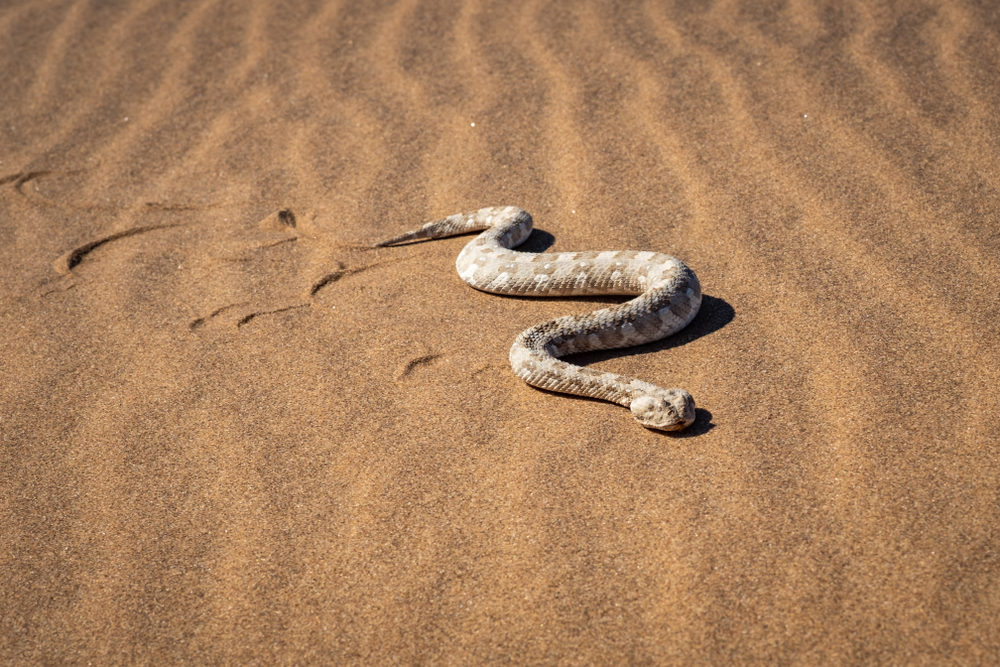
Snakes might not have a GPS, but they have impressive navigational skills that help them traverse their environments. They use their keen senses to map out their territory, making mental notes of landmarks and potential hazards. According to a study by Dr. Xavier Bonnet, snakes are capable of traveling back to their home territory even after being displaced several kilometers away. This homing ability suggests a kind of mental map that guides them through unfamiliar territory. It’s a skill that speaks to their innate sense of direction.
In the wild, these navigational skills are crucial for finding food, mates, and safe shelters. Snakes remember the locations of reliable food sources and the best hiding spots, ensuring their survival in a sometimes hostile environment. In captivity, observed snakes have been known to navigate complex enclosures to reach desired locations. They may not be drawing maps, but they’re certainly keeping track of where they need to go. Their navigation is less about instinct and more about calculated movement.
6. Social Learners
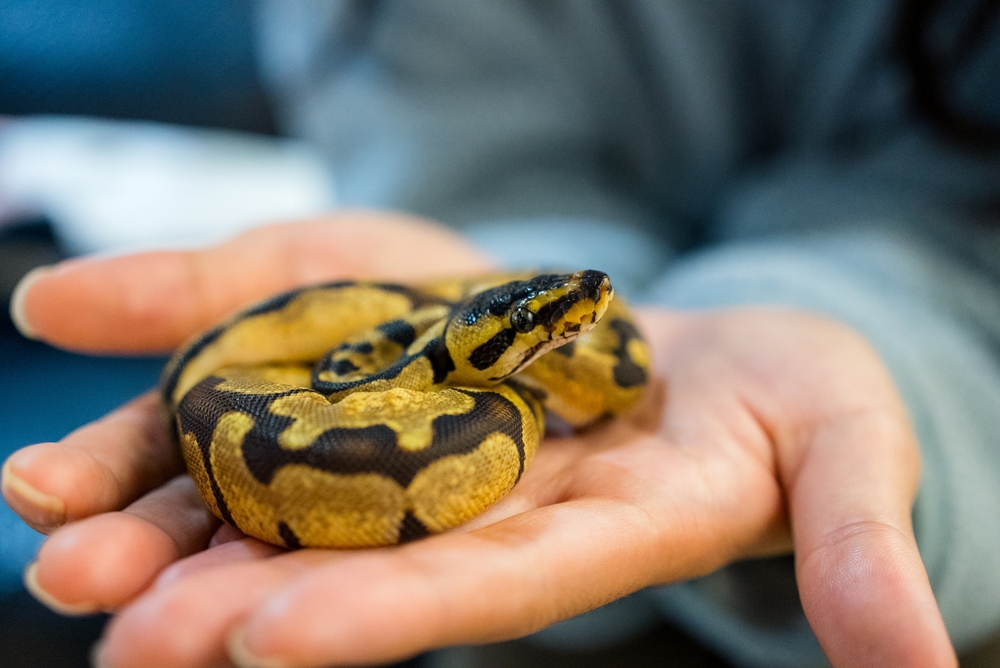
Snakes aren’t typically viewed as social creatures, but they can learn from observing the behavior of other snakes. This observational learning allows them to adapt and refine their own behavior based on what they see. For example, snakes may watch how others hunt or defend themselves and then apply those techniques to their own survival strategies. This social learning hints at a level of intelligence that goes beyond rote behavior. They’re not just copying; they’re learning and integrating new behaviors.
In the wild, this kind of learning can be crucial for young snakes who must quickly learn the ropes to survive. Observing successful adults can provide the tips and tricks needed to navigate their harsh environments. While they don’t form social bonds like mammals, this observational learning suggests they’re more socially aware than we realize. They’re paying attention to each other, even if it’s from a distance. It’s a sign that their intelligence isn’t just individual but communal.
7. Deceptive Tactics
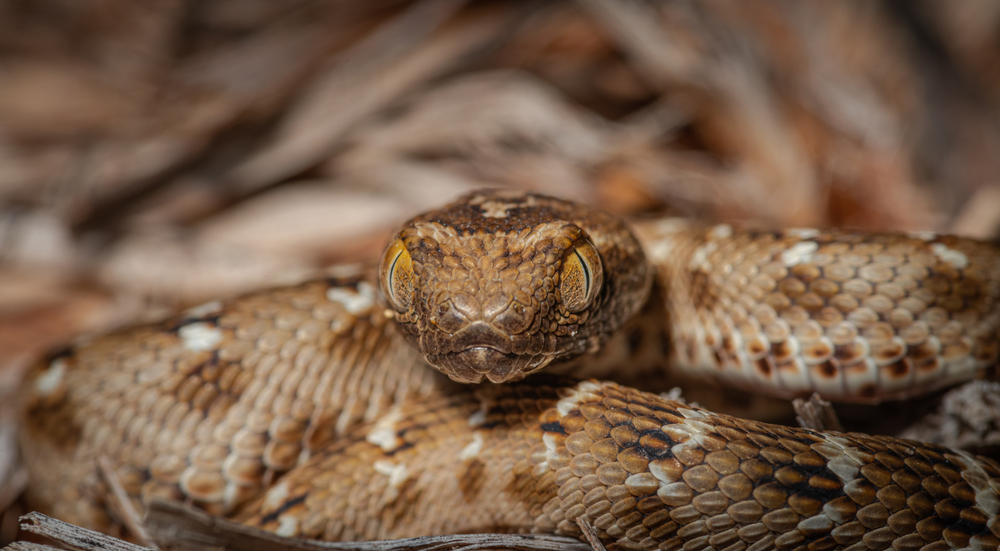
Snakes are masters of deception, using their wits to fool predators and prey alike. They employ a variety of tactics, from mimicry to camouflage, to keep themselves safe or to catch their next meal. Evolutionary biologist Dr. Harry Greene points out that some snakes even play dead to trick predators into losing interest. This ability to deceive shows a level of cunning that indicates more than just instinctual behavior. It’s a strategic use of their natural abilities to achieve specific goals.
One of the most fascinating aspects of their deception is mimicry. Some harmless snakes mimic the appearance of venomous ones to deter predators, while others use camouflage to ambush prey or avoid detection. This kind of strategic thinking suggests they’re actively engaging with their environment, rather than just reacting to it. They know how to manipulate the perceptions of other creatures to their advantage. It’s a cleverness that’s all about survival and success in the wild.
8. Communication Skills
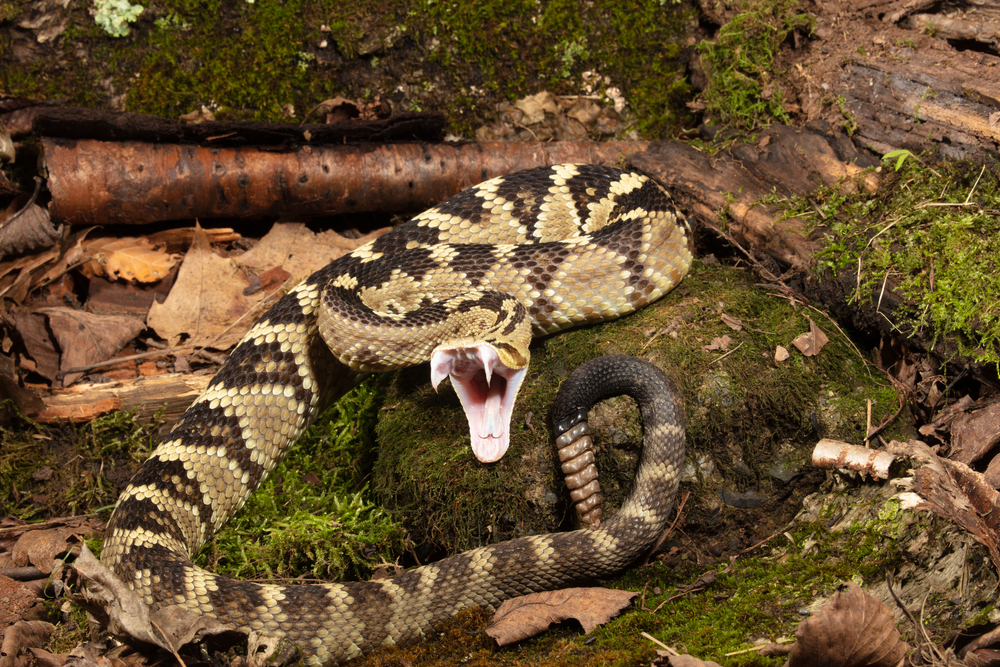
While snakes don’t bark, meow, or chirp, they do have their own ways of communicating. They use body language, such as posturing and movement, to convey intentions or warnings to other snakes. This form of communication might not be as elaborate as that of birds or mammals, but it’s effective in conveying important messages. For instance, a snake’s posture can signal aggression or submission, helping to avoid unnecessary conflicts. It’s a silent language, but it speaks volumes in the snake world.
In addition to body language, some snakes release pheromones to communicate with potential mates or to mark their territory. These chemical signals provide essential information about their reproductive status or serve as warnings to others. This form of communication is critical for mating and territorial disputes, ensuring that snakes convey their messages clearly. It’s an efficient and effective way to maintain social order without the need for vocal cords. Snakes might not be chatty, but they’re certainly communicating.
9. Strategic Hunting Techniques
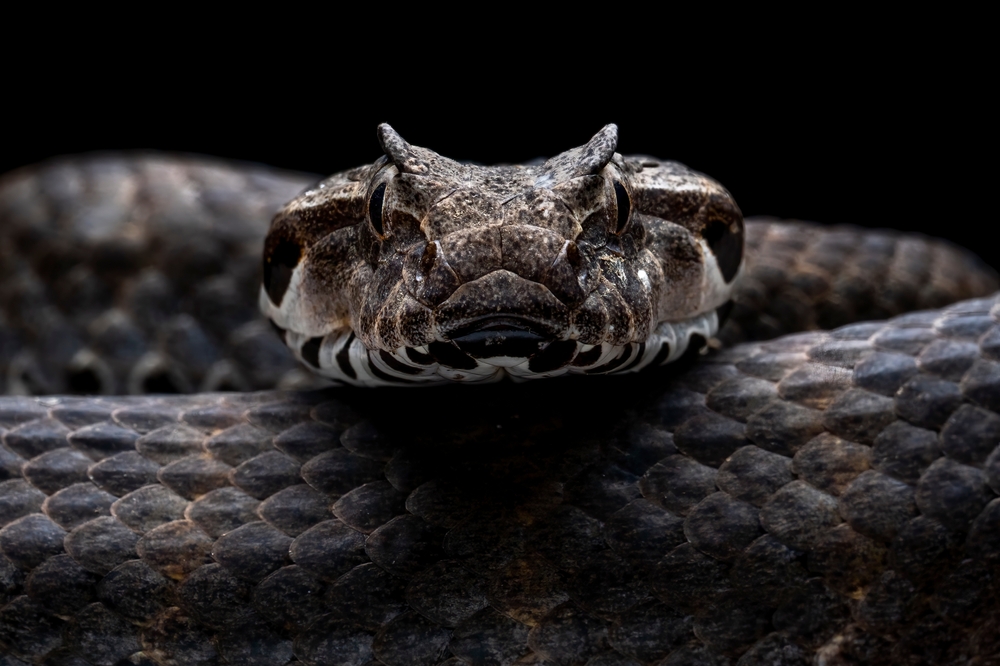
Snakes are known for their stealthy hunting techniques, which require a certain level of strategic thinking. They don’t just rely on their physical abilities but also on a planned approach to catching prey. Some snakes, for instance, use ambush tactics, lying in wait for the perfect moment to strike. This patience and timing show a calculated approach to hunting. It’s not just about strength; it’s about strategy.
In some cases, snakes will employ more active hunting methods, tracking and following their prey until the time is right. They use their sensory abilities to stay on the trail, waiting for the perfect moment to launch an attack. This kind of strategic hunting suggests they’re not just acting on instinct but are actively planning their approach. They’re calculating the risks and benefits, waiting for the odds to be in their favor. It’s a nuanced form of intelligence that’s all about maximizing the success of each hunt.
10. Environmental Adaptability
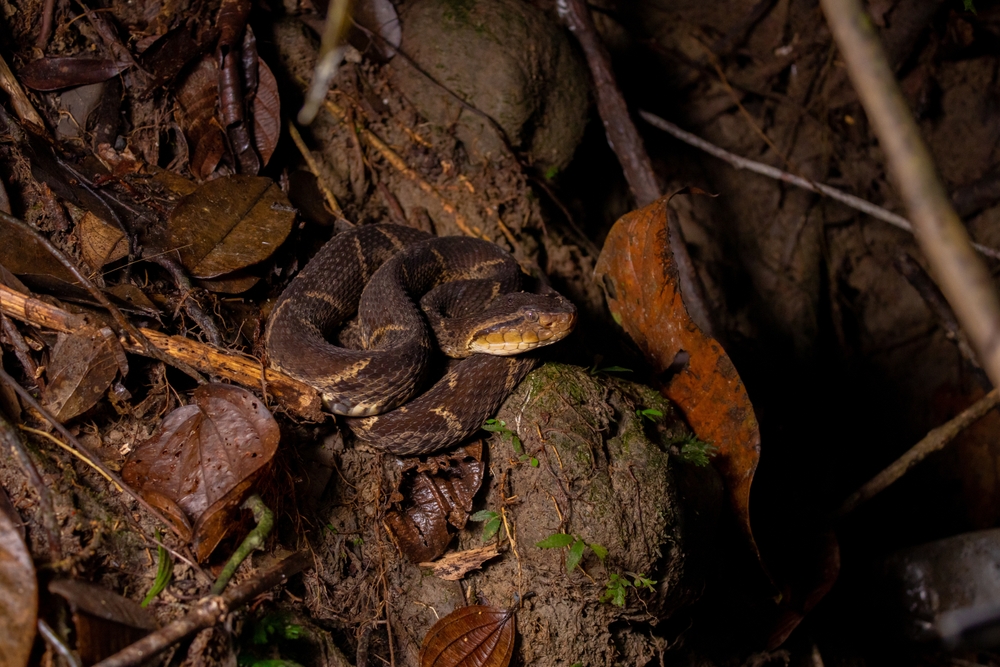
Snakes have shown an incredible ability to adapt to a wide range of environments. From deserts to rainforests, they’ve carved out niches in some of the most extreme habitats on Earth. This adaptability is a sign of their intelligence, as they can adjust their behavior and physiology to suit different conditions. Whether it’s by altering their hunting strategies or changing their daily activity patterns, snakes know how to make the most of their environment. It’s a flexibility that ensures their survival across diverse ecosystems.
In urban areas, some snakes have even adapted to living alongside humans, taking advantage of gardens, parks, and abandoned structures. This ability to thrive in human-altered landscapes shows a level of resourcefulness that’s quite impressive. They’re not just surviving; they’re thriving by finding new ways to exploit the available resources. This adaptability is a testament to their ability to innovate and respond to changing circumstances. It’s a sign that they’re more than just creatures of habit; they’re masters of adaptation.
11. Behavioral Flexibility
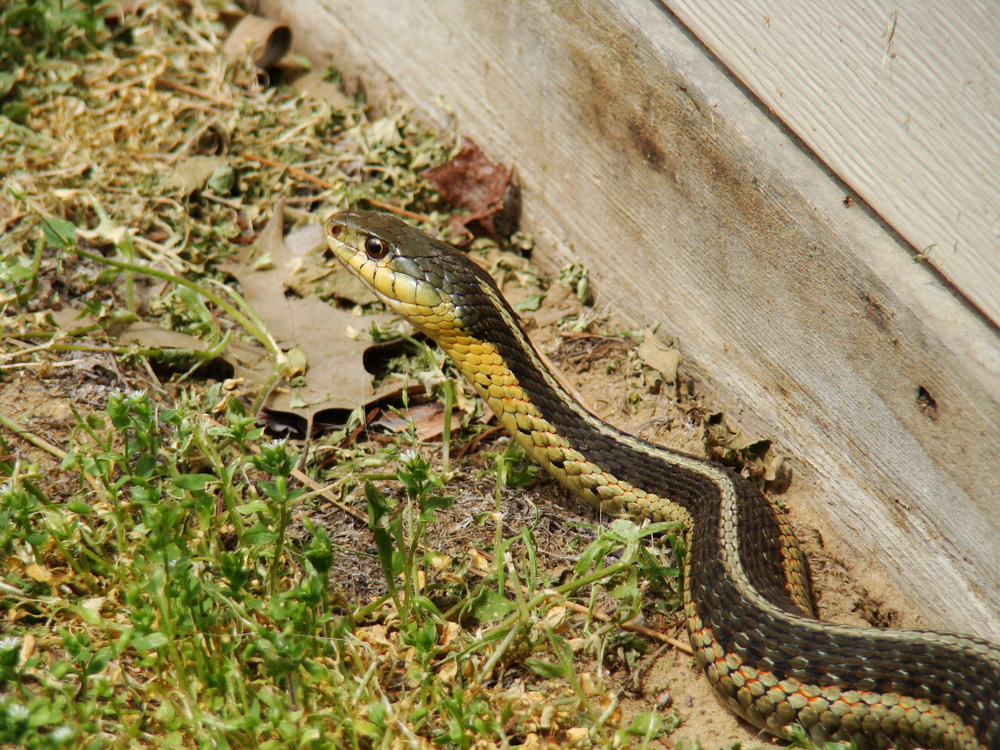
Behavioral flexibility is another key indicator of snake intelligence. They’ve been observed changing their behavior based on the availability of resources or the presence of threats. For example, some snakes will alter their activity patterns to become nocturnal if it means avoiding predators or finding more food. This ability to change their behavior in response to external factors shows a level of cognitive flexibility. It’s a kind of intelligence that’s all about being responsive and adaptable.
In captivity, snakes have shown the ability to adjust to new routines and environments, demonstrating their behavioral flexibility. They might become more active when they sense their caretaker approaching with food or adjust their movements in response to changes in their enclosure. This adaptability suggests they’re not just creatures of habit but are capable of modifying their behavior as needed. It’s a sign of intelligence that’s all about learning and adapting to new circumstances. Snakes are more than just reactive; they’re responsive.
12. Resourceful Use Of Tools
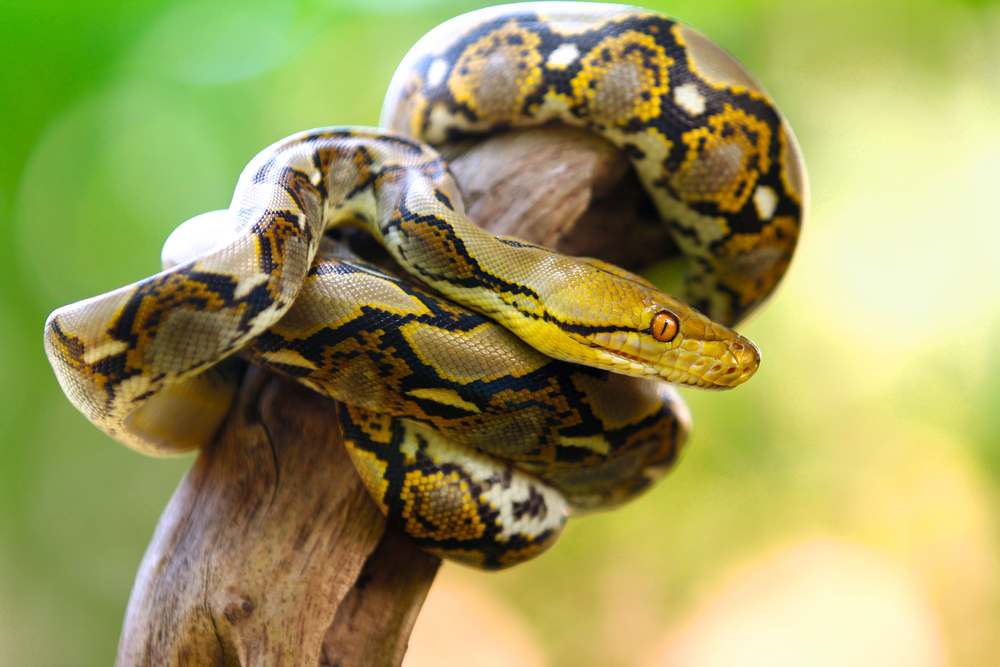
While snakes don’t use tools in the way primates or birds might, they do exhibit behavior that shows a resourceful use of their environment. They’re known to use their surroundings to help them hunt or escape predators. For example, some snakes will use water currents to help them move stealthily toward prey. This use of environmental features shows a level of interaction that goes beyond mere instinct. It’s a strategic use of resources that indicates planning and foresight.
In other instances, snakes have been observed using rocks or branches to help them shed their skin, a process that requires some coordination and ingenuity. This behavior demonstrates their ability to manipulate their surroundings to achieve a specific goal. It’s not tool use in the traditional sense, but it’s a clear indication of their ability to engage with their environment in a meaningful way. This resourcefulness is a sign of an intelligence that’s all about making the most of what’s available. Snakes know how to work with what they’ve got.
13. Emotional Responses

Although snakes may not experience emotions in the same way humans do, they do exhibit behaviors that suggest a range of emotional responses. For instance, snakes can display stress or agitation in response to changes in their environment or routine. These emotional responses indicate a level of awareness and sensitivity to their surroundings. It’s a subtle form of intelligence that’s about being in tune with their environment.
In captivity, snakes have been known to recognize their caretakers and respond positively to familiar faces. This kind of recognition hints at a form of attachment or comfort derived from familiarity. It’s not the same as a dog wagging its tail, but it’s a sign that snakes are capable of forming simple bonds. These emotional responses suggest that snakes have a depth to them that we’re only beginning to understand. They’re more than just instinct-driven creatures; they’re emotionally aware in their own unique way.
